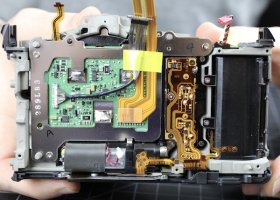My guess is that Canon realized when it designed the EF-M mount that it it would not be compatible with a full frame mirrorless mount and decided that was the way they wanted to go because they didn't like the compromises required to maintain compatibility.I would surmise that EF-M was made to be compatible with EF, and RF was made to be compatible with EF, but to make RF compatible with EF-M would not be possible without a compromise in the RF design, and since Canon's apparent future lies in the design of that mount, they felt it would not be worth a compromise. 2 cents.
Upvote
0

